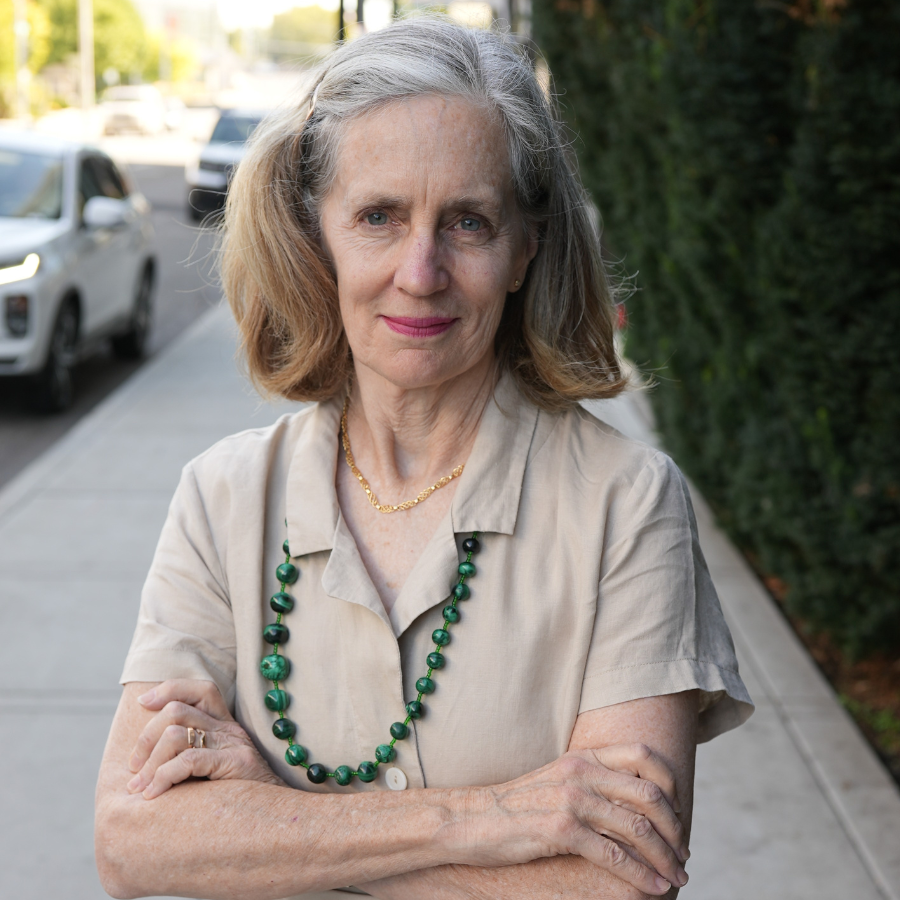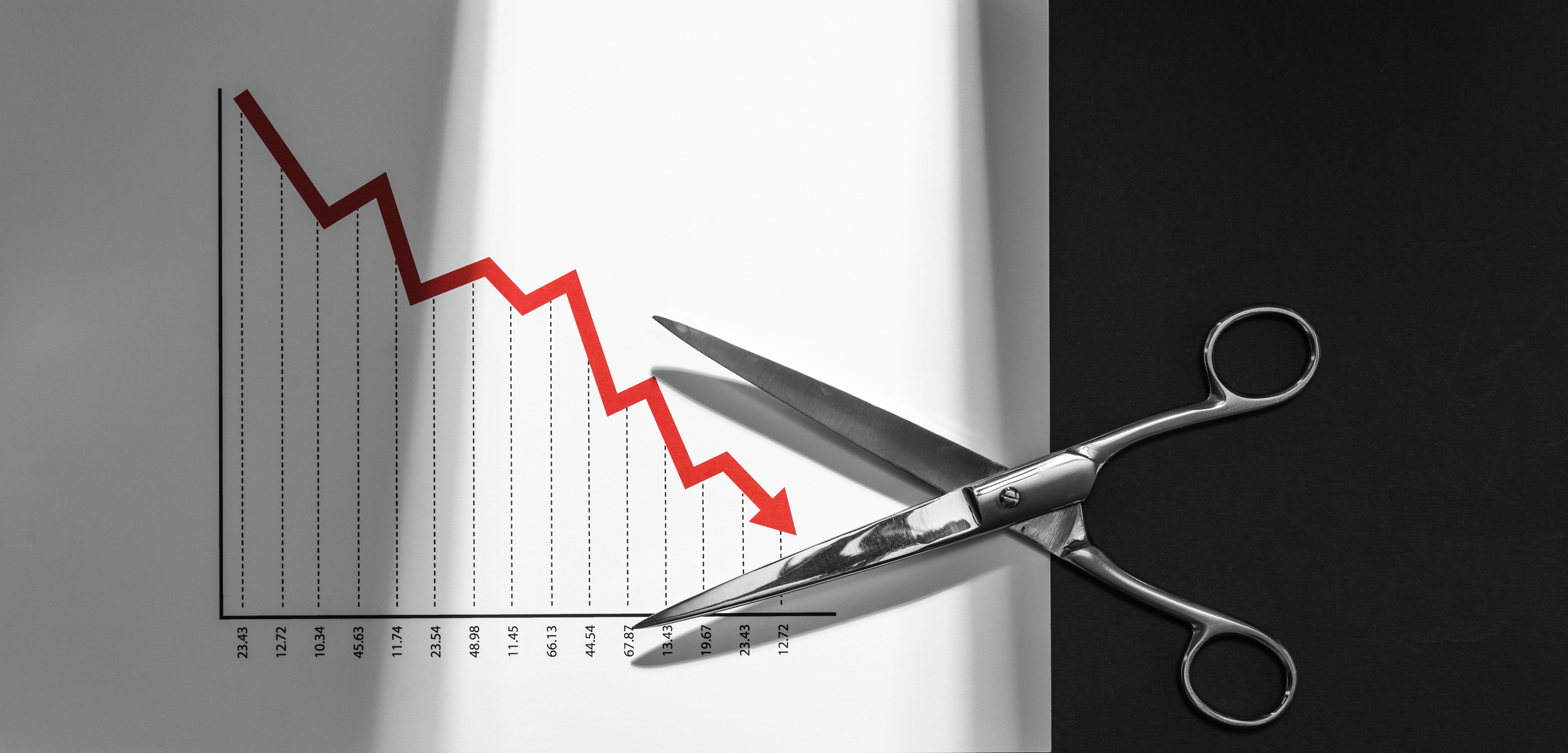State taxpayers have doubled spending on K-12 schools since the 2012 McCleary ruling. Yet on Tuesday, state Superintendent of Instruction Chris Reykdal announced that 2018-19 test results show large percentages of students are still failing to meet grade level standards on state administered tests. Only 60 percent of all students passed the English test, only 49 percent passed in math, and only 47 percent passed in science. Last year’s results were no different; 60 percent of students passed in English, 50 percent passed in math, and 46 percent passed in science. Superintendent Reykdal excuses this failure by saying “our curve ball is poverty, our curve ball is systemic racism.”
A little more background is revealing. Superintendent Reykdal is the leading school official for the state of Washington. For years he has told legislative budget committees that student learning would improve if lawmakers raised taxes and directed more money to the schools. Relying on promises like Reykdal’s, and in response to the 2012 McCleary case, the state legislature twice raised property taxes, and doubled funding to the schools, from $13.5 billion in 2011-13 to $27.3 billion in 2019-21. Per student spending increased statewide from $10,000 in 2012 to $16,000 in 2019.
Yet after this historic school funding increase, 40 percent of students still fail state tests in English, and 50 percent still fail in math and science.
Even worse, the new 2018-19 test score results show that schools fail to teach low-income, minority children the skills and knowledge needed to do as well as other children on state tests, a problem that for years they have called “the opportunity gap.” In Seattle, for example, where funding has increased from $12,500 per student in 2013-14 to $19,740 per student in 2019-2020, minority children are falling further and further behind. The new test scores show this gap has increased.
As a solution to improve the schools, more money has not worked.
For many years officials have used some version of “our curve ball is poverty” to excuse the failure of the schools. Charter schools do not accept this myth. Charter schools are free from restrictive union and district rules, and have the flexibility they need to use methods of teaching that work.
Superintendent Reykdal should fly to New York City to visit Success Academy Charter Schools, serving 17,000 students. Eva Moskowitz, the leader of these schools, makes no excuses for failure. Ninety-nine percent of Success Academy students just passed the state test in math, and 90 percent passed the English test. The average household income of a Success Academy family is $49,800; 94 percent of students are Hispanic and African American. These schools have now outperformed the schools of white children in NYC’s wealthy suburbs.
Success Academy charter schools are the Number One school district in New York State.
School choice, not more money, is the solution that is working in New York City. School choice has given Success Academy families the chance to escape from poverty, and to achieve the American Dream.





